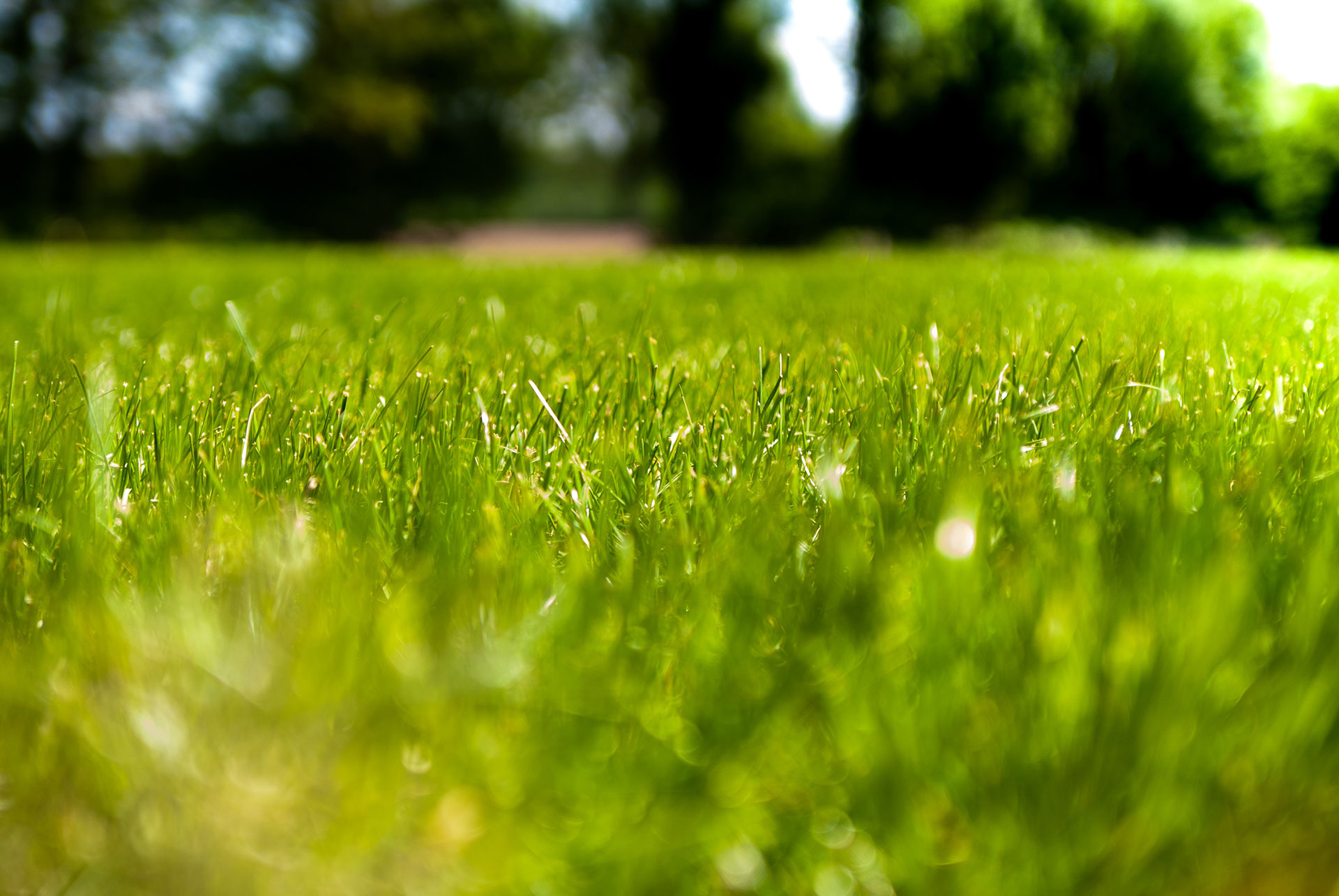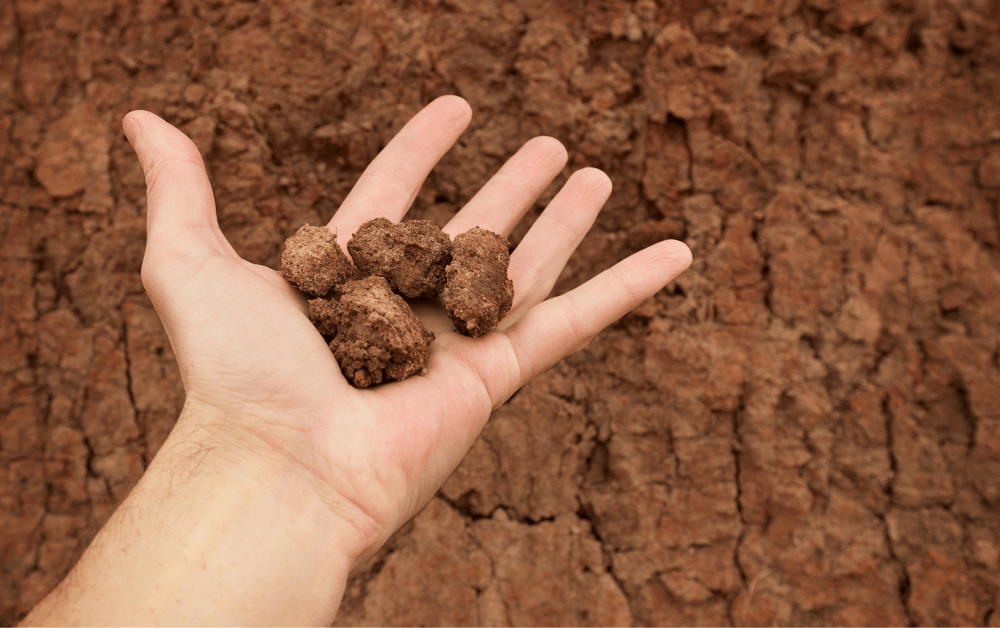A beautiful, lush lawn does wonders for your home’s curb appeal. But growing a flawless lawn isn’t always easy. After all, there are huge factors that are completely out of your control. Like the weather. You’ll need to take steps to protect your lawn if you want it to look its best. Beyond maintaining a regular watering schedule and staying ahead of insects and lawn diseases, you need to keep your lawn aerated.
“Regular Lawn Aeration Will Keep Your Grass Healthy and Disease-Free.”
Whether you’re interested in trying your hand at renting an aerator and aerating your own lawn or gathering information before contacting Aerations Only, you’ve come to the right place. On this page, we’ll explain what Lawn aeration in St. Louis is.










